The majority of the storied north shore estate once owned by legendary Washington Post publisher Katharine Graham, a diverse and historic stretch of waterfront property in West Tisbury, goes on the market for sale today.
The asking price is $39.5 million for 186 acres that includes the home of her son William W. Graham, a cottage fronting Lambert’s Cove Beach, a barn and caretaker’s home.
The heart of the property — a 50-acre parcel at Mohu — is not included in the sale and remains family held.
Mrs. Graham, a longtime summer resident of the Vineyard, bought the original property at Mohu in the 1970s, saving it from development. Mrs. Graham first bought what was then approximately 217 acres in 1972 and summered on the Island for nearly three decades until her death in 2001. The sale follows the death last December of Mr. Graham, a Los Angeles lawyer who had his own investment company, and who returned frequently to the Vineyard and enlarged, restored and carefully tended the land.
LandVest Martha’s Vineyard is the exclusive broker for the sale of the property, which is in the hands of a trust controlled by two trustees who are administering a portion of his estate. Proceeds from the sale will go to two beneficiaries of the trust — both are charities that have not been named.
“It’s an incredible piece of the Island,” said Tom LeClair, who is handling the sale with his partner Gerret Conover at Landvest. “Certainly, one of the most important pieces of property because of its size, [and] historically it’s been so very important.”
The 186 acres for sale are actually seven parcels that are to be sold together and feature diverse habitats of shore, wetlands, woodlands and meadow, combining to form a property that Mr. Graham painstakingly maintained, including its network of roads, trails and landscapes.
“Bill devoted a large portion of his later adult life to maintaining and beautifying the property, and it was very important to him,” said Fred Cohen, one of the trustees and a friend since college. “It was a very important part of his life.”
Robert Shuwarger, the other trustee, added: “One of the things I know that he really enjoyed was getting up on the tractor [to] work on the land. He really enjoyed that aspect, but he was fully engaged.”
Seen from the air, the property features carpets of waving field grass, bracelets of stonewalls, belts of wandering plank walkways and swatches of billiard-table green manicured grass studded with boulders. It is believed to be one of the most ecologically significant areas of the Island.
“This is one of the last large parcels left on the north shore, representing the ancient morainal woodlands, multiple wetlands and wonderful deeply forested land,” said Tom Chase, director of conservation innovation for the Nature Conservancy of Massachusetts. “Coupled with its high elevation, it is a beautiful property with a lot of contrast.”
There are no conservation restrictions on the property.
Active for many years on the Vineyard, Mr. Graham played a critical role in helping rescue Martha’s Vineyard Hospital from dire financial problems in the 1990s. He served as interim board chairman as he and others helped guide it through what some described as its darkest hour. He also was a champion of conservation efforts on the Island and quietly contributed to many causes large and small.
By the 2000s, the Graham properties consisted of about 236 acres and were embroiled in the longest running residential tax dispute in Massachusetts history. Mr. Graham had contested West Tisbury’s valuation of $50 million, but the dispute finally ended in 2008 when the state Appeals Court affirmed an appellate tax board decision against him.
The property’s significance predates the Grahams, perhaps by centuries. Some have speculated that Bartholomew Gosnold landed at Lambert’s Cove near Mohu in 1602, where his crew were said to have encountered a dozen Wampanoag men who offered deer skins, tobacco and cooked fish.
By the early 20th century, the area was owned by well-known Lambert’s Cove families of Luce, Cottle, Tilton and Norton. From 1909 to 1920, lawyer, businessman and politician William
M. Butler acquired various farmsteads, hills, marshes and even a pasture and beach lot that had been set aside in 1709 for so-called Praying Indians converted by Thomas Mayhew Jr.
Senator Butler, who in the 1920s served as an interim U.S. Senator for Massachusetts and as chairman of the Republican National Committee, converted a bungalow into what would become the property’s dominant structure, a 22-room home with three wings and several fireplaces. Calvin Coolidge started visiting the property when he was governor of Massachusetts, and the bedroom he occupied was thereafter called the Governor’s Room.
In Senator Butler’s study was said to be a bronze figure of the long-ago Algonquin chief, Mohu, holding two fish.
His family held onto the property until 1964, when it was sold to Mr. and Mrs. William Mcfarlane and their son and daughter in law. Eight years later, Mrs. Graham bought what was then approximately 217 acres for $1.46 million, at the urging of Gazette editor Henry Beetle Hough, who sought a buyer with the resources to preserve the distinctive property.
Mrs. Graham would summer at Mohu for nearly three decades — interrupting her vacation in 1974 to return to Washington for the resignation of President Nixon, whose Watergate scandal was exposed thanks in part to the Post’s dogged reporting. On the Vineyard, Mrs. Graham played host to friends and luminaries, including Nancy Reagan, Margaret Thatcher and the Clintons.
The land not included in the sale includes a swath of rolling acreage along James Pond, a small bungalow that dates to an earlier era of ownership, a boathouse fronting the beach and a dramatic promontory with two towering stone chimneys, the only remnants of Mrs. Graham’s 10,000-square-foot house that was disassembled in 2005. Fields of lupines are planted around the chimneys, which can be spotted from Vineyard Sound.
Included in the sale is a 45-acre parcel on which Mr. Graham built his own house in about 1990. It features five bedrooms, a detached, three-bay garage with upstairs apartments, and sweeping distant views of Lambert’s Cove and Makonikey Head beyond. Behind the house, an artisanal railing curves up a shaded hill, where a slice of James Pond can be seen.
The one-bedroom beach house sits on a half-acre parcel with 89 feet of frontage on a private section beach. Elsewhere, on a particularly high spot sits a gazebo with vistas of Paul’s Point in one direction, Makonikey headland in the other. Nearby is a stone etched with the name of an old Vineyard friend of Mr. Graham’s, Walter Ashley, who used to hunt in the area.
The 186 acres and buildings were assessed at $35.3 million by the town of West Tisbury this year, with its property tax estimated at $213,912, according to an analysis provided by LandVest.
What remains unclear is whether a buyer or buyers will bring the same sensibility to the property that Mrs. Graham did in 1972, when she was approached by Mr. Hough. In a statement, the trust indicated that the property has significant conservation value.
Mr. Cohen and Mr. Shuwarger declined to discuss whether there were any discussions with the trust holding the 50-acre parcel to keep the entire Mohu estate intact, or whether there are any conditions for a sale, beyond an obligation to the derive value for the beneficiary charities.
“Our charge is to get value for the beneficiaries,” said Mr. Cohen. “I look forward to a successful sale,” added Mr. Shuwarger.
Mr. Chase said the importance of the property cannot be overstated.
“If the land were lost to development, to me that would be tragic — not only for ecological reasons but for historical reasons as well,” he said. “The number of conversations between Kay Graham and business and world leaders that took place on the property renders it almost a national monument. I personally always thought that was an important part of our local and even national history.”
In a brief statement, Mr. Graham’s daughter Alice Graham recalled her father’s love for the property.
“The first trail we made was over a Thanksgiving with my grandmother and we called it the grandparents trail,” she recalled. “My Dad, Kris Lukowitz, Seth, Jarrett and others [who worked for Mr. Graham] over the years created a network of trails linking streams, soft mossy patches of earth, meadows and old stone walls. My Dad’s vision was of a place where people could find peace, and maybe even healing, through interacting with nature.
“His wish for the sale of the land is that it will benefit researchers and clinicians working tirelessly to bring healing and peace to families throughout the country. In that way I hope his vision continues, and that everyone who has cared about or worked on the property can feel part of it.”

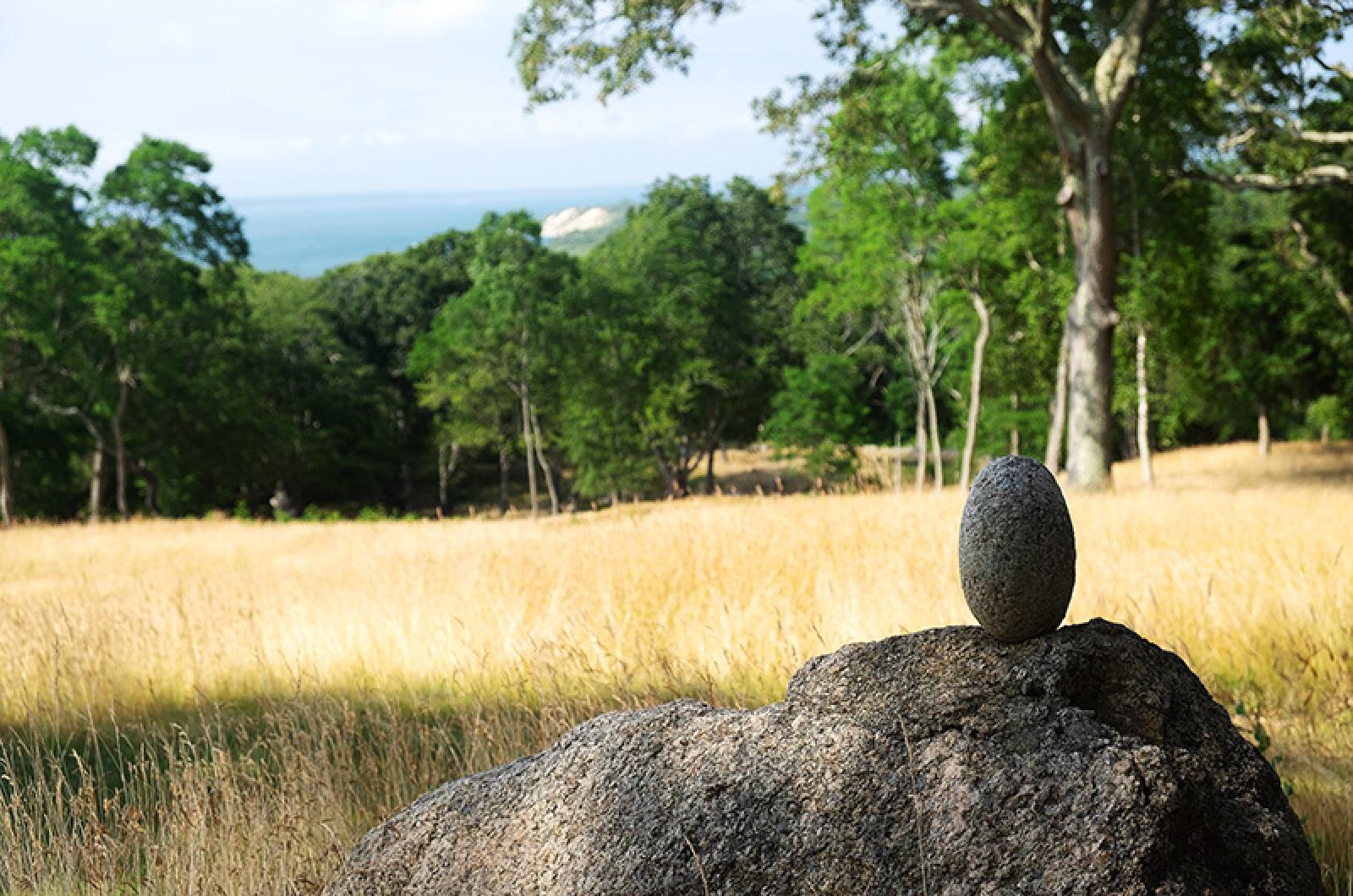
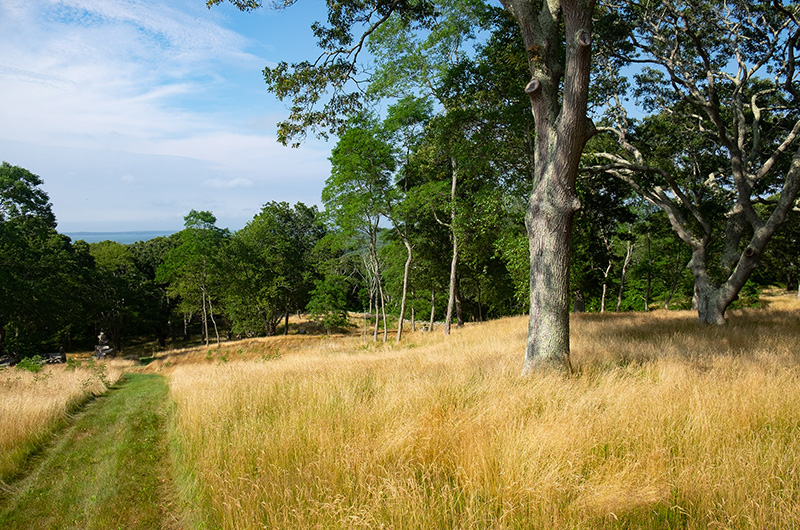


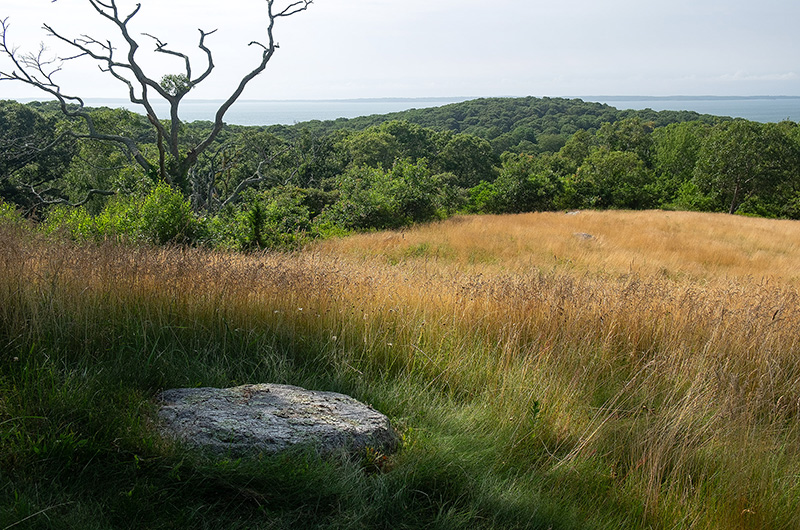
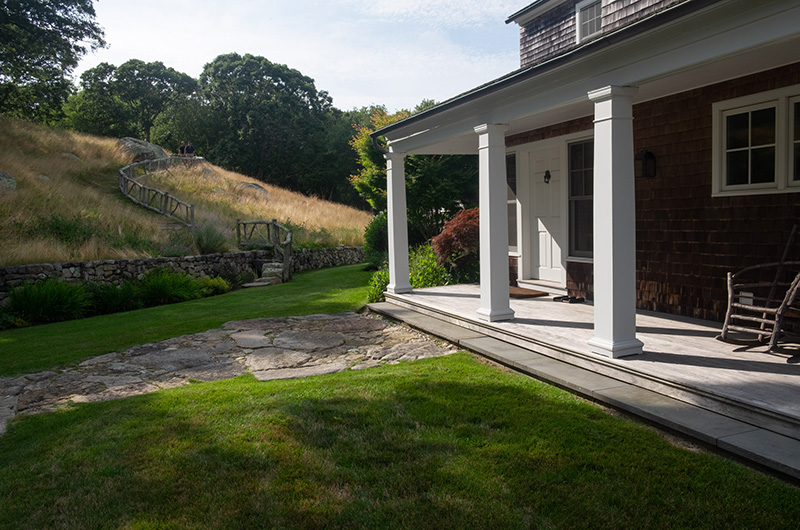
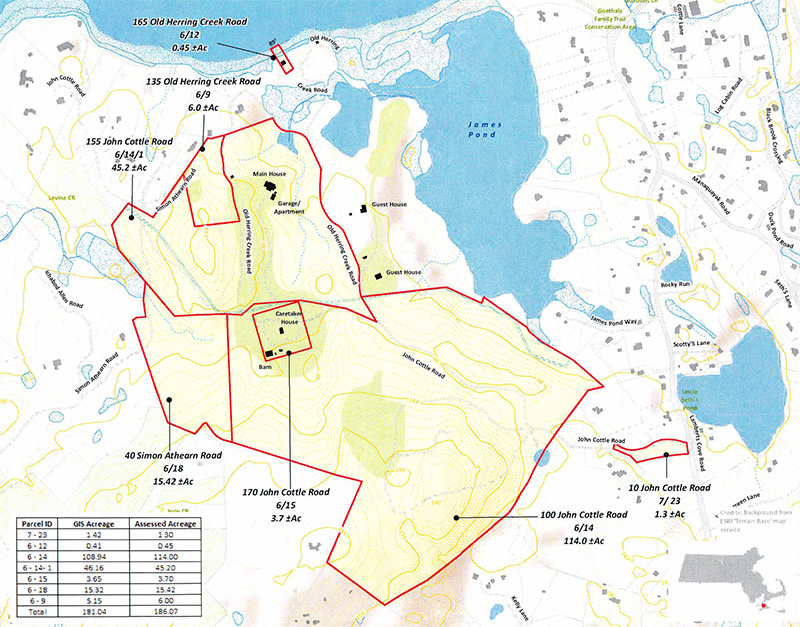






Comments (36)
Comments
Comment policy »